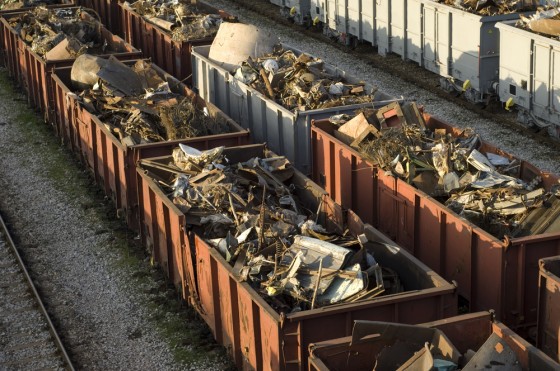Recently I wrote about the large number of garbage trains traveling in and out of the Greater Metropolitan New York area every day. The derailment of 10 garbage cars on one of those trains was the reason that two tracks had to be replaced, stopping train service on the line—my line—for several days.
A letter to the editor of our local newspaper pointed out that the CSX garbage train makes the trip four times daily to and from the Bronx and ultimately to landfills in Virginia.
That’s a whole lot of garbage going into landfills.
Research found that while strides have been made with a process called “gasification”—which uses a chemical reaction to convert just about any garbage into gas products such as hydrogen and carbon monoxide—it has not been found to be economically feasible to be used on a widespread basis.
But there could be a future for gasification, according to an article in The New York Times, Aug. 17.
The article stated that a company called Sierra Energy has been testing a waste-to-energy system for several years that converts trash—any trash, from food waste to syringes and electronics—to a product known as “syngas,” short for synthetic gas. This gas can be used as fuel to generate electricity or made into diesel fuel or ethanol.
This could be of value, especially since there has been controversy about using corn and other food crops for fuel.
The article states that while it may be a while before the process will be used at the consumer level, the U.S. Army is interested enough to sign up as the company’s first customer.
The military is looking for ways to reduce its oil consumption, and to make it easier to supply the front lines with fuel used in its vehicles and generators.
“These days, the supply lines are in the battlefield,” Sharon E. Burke, assistant secretary of defense for operational efficiency plans and programs told The Times. “And we consume a lot of fuel, which makes us a big target.”
When I wrote the previous blog on July 31, I wasn’t expecting to be writing about the topic again so soon. I’m happy to do so, however, and I believe that with the Army’s involvement, it won’t be long before the massive amounts of garbage we produce will provide a cheaper alternative to fossil fuels.


